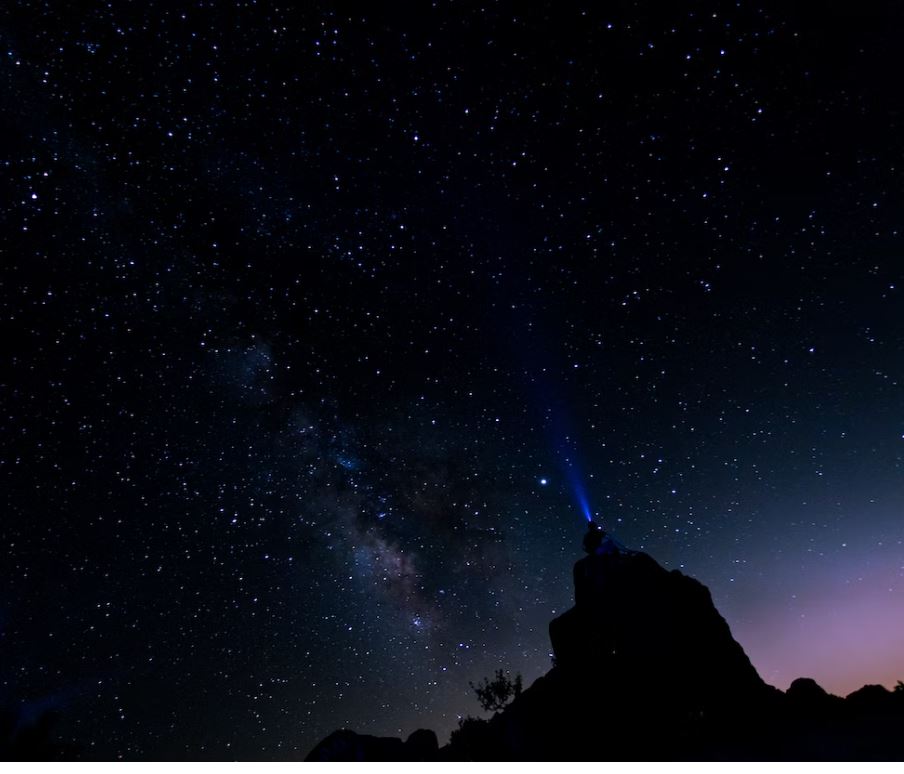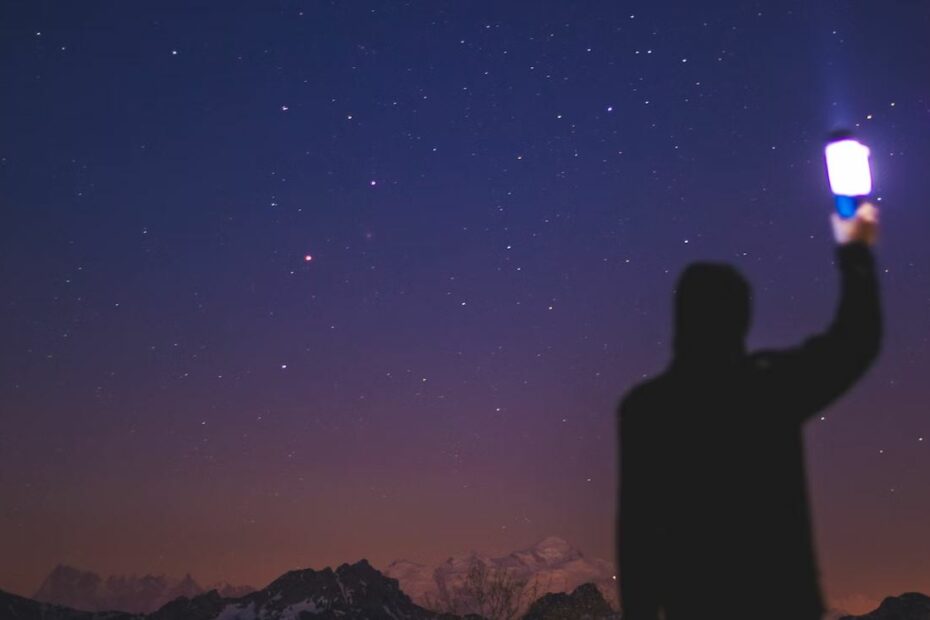
Astrophotography is a captivating hobby that allows enthusiasts to capture the awe-inspiring beauty of the night sky. With advancements in technology and the availability of more accessible equipment, this once niche pursuit has gained popularity among photography enthusiasts and astronomy lovers alike. In this article, we will delve into the world of astrophotography, exploring its unique challenges, techniques, and the incredible rewards that come with capturing the wonders of the cosmos.
The Magic of Astrophotography:
Astrophotography is a gateway to a universe of beauty that is often hidden from our naked eyes. Through the lens of a camera, we can capture stunning images of celestial bodies, including stars, planets, galaxies, and even nebulae. The images reveal intricate details and colors that would otherwise go unnoticed. It is a form of photography that blends scientific curiosity with artistic expression, resulting in truly mesmerizing compositions.
Essential Equipment for Astrophotography:
To embark on an astrophotography journey, having the right equipment is crucial. A sturdy tripod, a DSLR or mirrorless camera with manual settings, a wide-angle lens, and a remote shutter release are some of the essential items. Additionally, investing in a star tracker or equatorial mount will enable longer exposure times, reducing star trails and capturing more intricate details of deep-sky objects. While advanced telescopes and specialized cameras offer more possibilities, beginners can achieve impressive results with basic gear.
Mastering the Techniques:
Astrophotography requires a unique set of techniques to overcome the challenges posed by low light conditions and long exposure times. Understanding concepts such as exposure, focusing, and composition in astrophotography is vital. Techniques like stacking multiple exposures, creating time-lapse sequences, and using light pollution filters can enhance the quality of the final images. Patience, perseverance, and a willingness to experiment are essential traits for aspiring astrophotographers.
Finding the Perfect Location:
Location plays a pivotal role in astrophotography. To capture stunning images of the night sky, you need to find a spot away from light pollution. Urban areas with their artificial lights hinder the visibility of stars and other celestial objects. Seek out dark sky locations, such as national parks or remote countryside areas, where light pollution is minimal. Various websites and smartphone apps provide light pollution maps and stargazing forecasts to help you find the best locations and times for astrophotography.
Post-Processing for Astounding Results:
Post-processing is an integral part of astrophotography. By using specialized software such as Adobe Photoshop, Lightroom, or dedicated astrophotography software, you can enhance the captured images, bringing out the intricate details and colors. Techniques like noise reduction, adjusting levels, and selectively enhancing specific areas can significantly improve the final result. However, it is essential to strike a balance between enhancing the image and maintaining its authenticity.
In closing
Astrophotography is a captivating pursuit that combines scientific curiosity with artistic expression. By venturing into the realm of astrophotography, we can unlock the beauty of the night sky and capture it in stunning detail. Whether you are an astronomy enthusiast, a photography lover, or simply curious about the mysteries of the universe, exploring the wonders of astrophotography offers an incredible opportunity to connect with the cosmos and share its majesty with the world. So grab your camera, venture into the darkness, and let the cosmos inspire your photographic journey.
